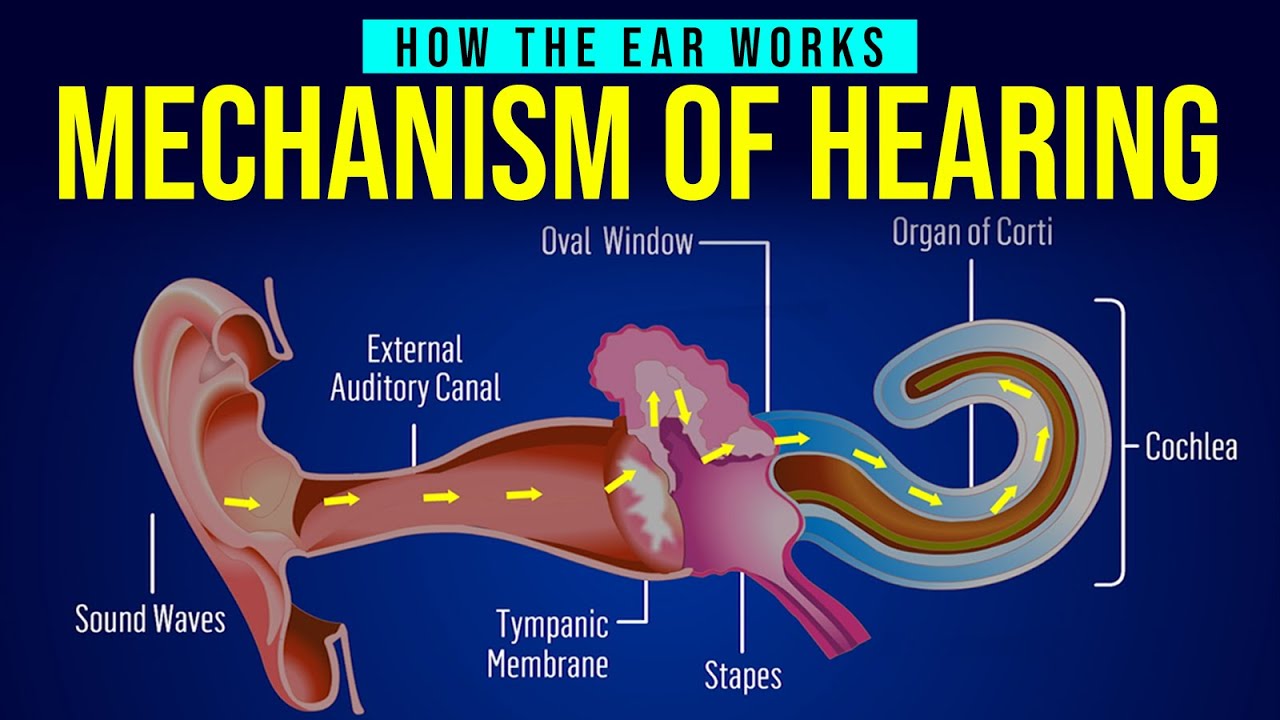How the human ear works – Science of hearing for musicians
In this video: The basics of how a human ear works, and why we all hear things a little differently.
https://www.youtube.com/watch?v=LrM3K8QCJcE
Understanding how the human ear works is crucial for musicians, as it directly affects how they perceive and interact with sound. Here’s a simplified overview of the science of hearing:
1. Outer Ear: Sound waves are collected by the outer ear, which consists of the pinna (the visible part of the ear) and the ear canal. The pinna helps to funnel sound waves into the ear canal.
2. Middle Ear: The sound waves travel through the ear canal and reach the middle ear, where they vibrate the eardrum (tympanic membrane). The vibrations are then transmitted through three small bones called ossicles: the malleus (hammer), incus (anvil), and stapes (stirrup). These bones amplify and transmit the vibrations to the inner ear.
3. Inner Ear: The vibrations from the middle ear are transmitted to the cochlea, a spiral-shaped structure filled with fluid. Inside the cochlea, there are thousands of tiny hair cells called cilia, which are responsible for converting mechanical vibrations into electrical signals that the brain can interpret.
4. Auditory Nerve: The electrical signals generated by the hair cells travel along the auditory nerve to the brainstem and then to the auditory cortex in the brain, where they are processed and interpreted as sound.
For musicians, understanding the science of hearing can provide insights into how different frequencies and dynamics are perceived by the ear. This knowledge can influence various aspects of music-making, including:
– Instrumentation: Understanding the frequency ranges of different instruments can help musicians create balanced and harmonious arrangements.
– Tuning: Knowledge of the ear’s sensitivity to pitch can guide musicians in tuning their instruments accurately.
– Mixing and Production: Understanding how the ear perceives sound in different environments can inform decisions related to mixing, equalization, and spatial effects in music production.
– Performance: Awareness of how the ear processes dynamics and timbre can enhance a musician’s ability to express emotion and nuance in their performance.
Overall, a basic understanding of the science of hearing can deepen musicians’ appreciation of the auditory experience and improve their skills in composition, performance, and production.
